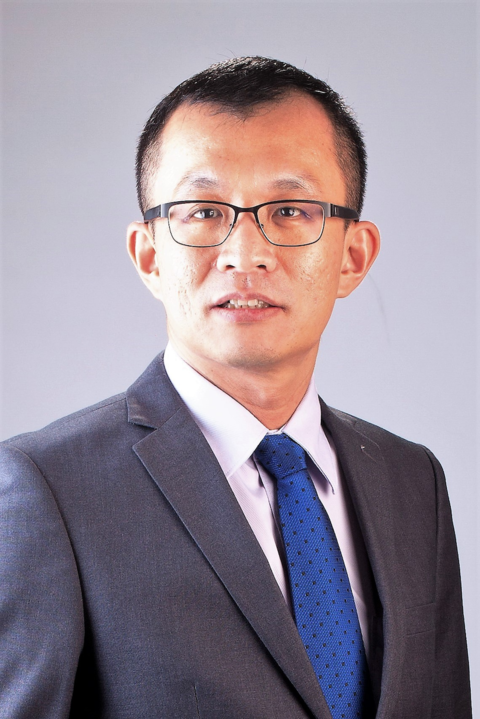KUALA LUMPUR, Oct 20 — Sustainable health care financing, public-private partnerships, and a strong primary care system are the cornerstone of a sustainable health care system and should be included in election manifestos for the 15th general poll, say health experts.
Prof Dr Lim Soo Kun, a nephrologist and associate professor at University of Malaya Specialist Centre; Dr Lokman Hakim Sulaiman, pro vice chancellor of research at the International Medical University (IMU) and director of IMU’s Institute for Research, Development and Innovation (IRDI); and Chua Hong Teck, an independent public policy and health care analyst, spoke at great lengths on the need for a more sustainable health care system in Malaysia.

Dr Lim proposed the implementation of a national health care insurance scheme to help patients bear the cost of treatment. This, he said, would alleviate the financial burden on patients who have to make out-of-pocket payments to get treated for cancer or organ failure.
“We always talk about universal health care coverage in Malaysia. In reality, we know that we might be doing good for primary care, but not for tertiary care,” Dr Lim told CodeBlue.
“Many patients, including those who have cancers and end-stage organ failure, need to pay out-of-pocket for health care expenses. Catastrophic health care expenditure is significant among these patients. I think we need a better safety net for this.
“Of course, we need further discussion on which model we want to follow, but importantly, the health care financing system needs to be revised.”
However, Chua disagreed with introducing social health insurance, stating that Malaysia already has a “national health service funded by tax revenue”, as he argued that such a scheme would burden the public health care system.
“For those who can afford, they have corporate and private insurance and they also pay out of their own pocket. The government should welcome this as those who can afford have opted out of the tax-based health system. Can you imagine that if everyone were to use the public health system, the system would have collapsed years ago,” Chua told CodeBlue.
Instead of social health insurance, Chua advocated for the continuation of a mixed health financing system and for the government to increase federal revenue by reintroducing the unpopular Goods and Services Tax (GST).
“Part of it can be earmarked for health and part of the revenue can be earmarked for NCD (non-communicable disease) expenditure. Through this way of earmarking revenue and expenditure, MOH (Ministry of Health) and other related agencies that provide health services can be assured of an increasing yearly budget.
“For those who want to opt-out of the tax-based system, more incentives should be given to private consumption by increasing tax exemption for health insurance, make insurance portable, cover those with pre-existing illness, have co-payment to reduce escalating costs and have ‘less frills’ in private health care to make it more affordable.”
Chua proposed that if the government were to start a compulsory social health insurance scheme, it can begin with new employees that enter the public and private workforce.
“This can be the beginning of social health insurance for the future.”
Dr Lokman expressed the need to continue work on or improve the Health White Paper initiative started by caretaker Health Minister Khairy Jamaluddin, as he called for a more sustainable health care financing system, addressing gross inequitable access to health care, and creating a unified national health care system by integrating public-private service resources.
Digitise Health Care As Part Of The New Normal
Making telehealth or telemedicine a part of the new normal is an idea that both Dr Lim and Dr Lokman championed. The doctors held that the government must invest in IT and the digitisation of the health care system so that health care is made more efficient and seamless for doctors and patients.
“We need a better system to link all health care facilities together so that the doctors can get access to patient’s health information wherever they go to seek medical treatment. We have seen successful examples in Hong Kong where they link all government and private hospitals, and the health information sharing is seamless,” said Dr Lim.
Hong Kong is a country with one of the most advanced systems of clinical management in the world. Having been over 30 years in development, the system seeks to decongest outpatient traffic, enable patients to be more active in their health, and improve patient outcomes.
Dr Lokman told CodeBlue that “major investment in IT, and digitalisation of health care as the key enabler of an efficient and connected health care system, including developing policy on Electronic Medical Record (EMR) and telehealth,” must be a part of political parties’ election manifestos.
EMR is a concept that was first introduced to Malaysia in the Telemedicine Blueprint 1997, in the form of the Lifetime Health Record (LHR) and Services and Lifetime Health Plan (LHP).
Dr Lim, in particular, viewed telemedicine as a vital lesson that the Covid-19 pandemic taught the country to prevent future disruptions to health care services if the nation were to face another pandemic.
“But, I think what we have learned from this pandemic is that we should incorporate telemedicine into our daily practice. Should make it our standard of care.
“Now, we do have telemedicine here and there, but not at a bigger scale and not standard of care in most practices. With pandemic transition to endemic, I can observe most healthcare workers are comfortable to go back to the ‘old model of health care’, i.e. physical visits.”








